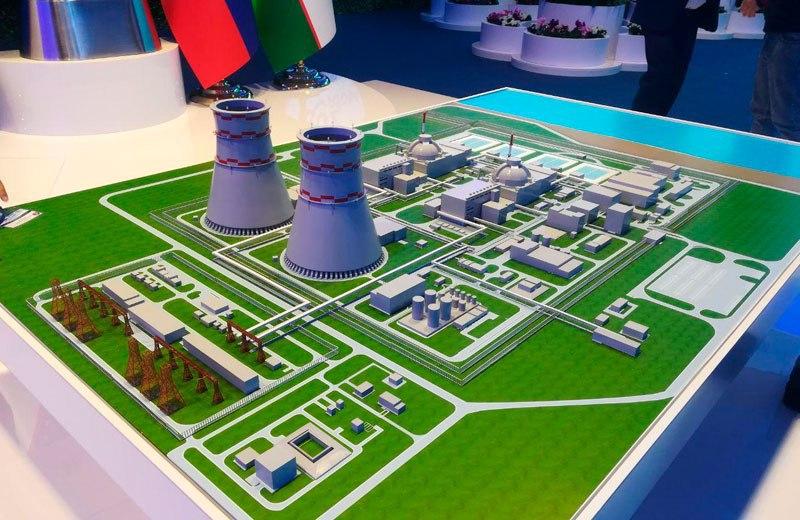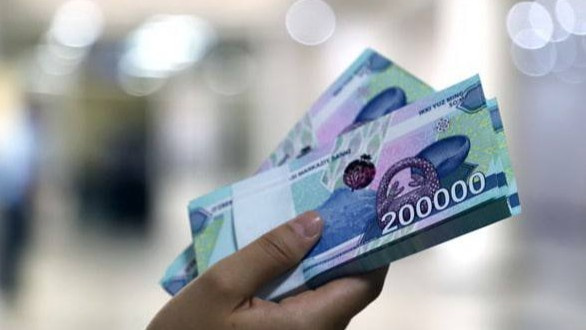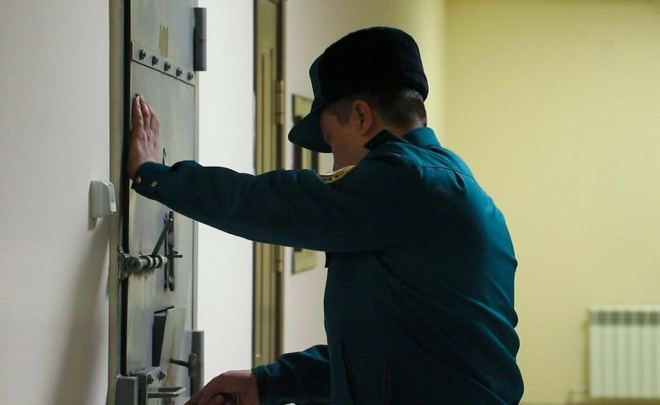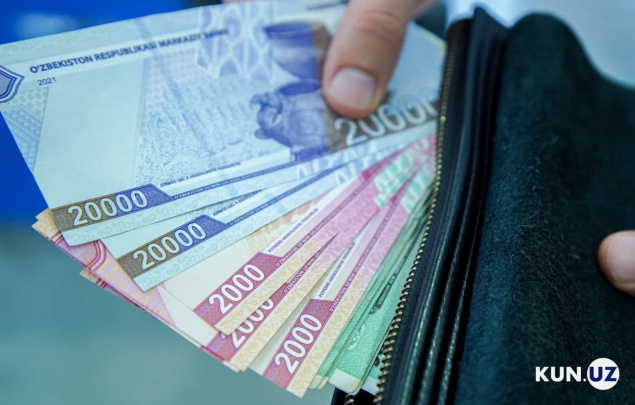The Ministry of Energy has published detailed information about the construction of a nuclear power plant (NPP) in Uzbekistan.
“Uzbekistan plans to build a modern nuclear power plant with Russian reactors VVER-1200 (water-to-water power reactor), where the number “1,200” means the capacity of the reactor, which is 1200 MW (megawatts). Since it is planned to build a nuclear power plant with two similar reactors, its total capacity will be 2,400 MW, which will provide 15-18% of the country’s electricity needs in 2030,” the report said.
It is noted that the VVER-1200 project belongs to the latest reactors of the up-to-date generation 3+. This is the flagship product of Russian scientists, recognized by the world nuclear community as the safest to date.
What ensures the safety of VVER?
Russian reactors are equipped with automated active and passive safety systems. Active – requiring a source of energy supply, passive – not requiring a source of energy.
In the VVER-1200 project, scientists were able to combine all available knowledge and make changes that provide protection against the release of radioactivity outside the reactor building in any situation.
Passive safety systems include, for example, a double reinforced concrete shell, above the dome-shaped reactor block. If something happens in the reactor chamber, all radioactivity will remain inside this sealed enclosure.
All water supplied to the reactor will turn into steam and will press on the walls and the lid from the inside, but the inner shell will withstand this tremendous pressure. If the threat is external, a dome-shaped shell can withstand a plane crash, a hurricane, explosions, and other tremors. Thus, the dome of the power unit is always ready for external and internal impacts.
An important element of the reactor containment shell is a “melt trap”, which is designed for incredible core melting. It has the shape of a large cup and is filled with a material that enters into a chemical reaction with the melt and allows the melt to cool almost instantly and turn it into a solid state.
Since the “trap” is located directly below the reactor, in the most difficult situation, the molten mass under its own weight will fall into this refractory glass. The presence of a “melt trap” ensures that, even in the most unlikely cases, the radioactive decay products will be retained within the sealed enclosure.
Can the NPP withstand an earthquake?
This is the most actual problem in our seismically active region. Generation 3+ reactor, even in the event of a strong earthquake with a power outage and destruction, the same protective systems of the station will not allow radioactivity to go beyond the limits of the reactor block.
All projects of the Russian NPP of generation 3+ provide safety in case of an earthquake of 9 points.
Reinforced protective structures of the body, as well as suspensions and supports that help withstand strong shocks and prevent damage to equipment, as well as the internal structure of the building.
World experience in the construction and operation of nuclear power plants shows that the choice of the VVER-1200 project for Uzbekistan is based on safety and reliability factors.
It should be recalled that in early September 2018, Uzbekistan and Russia signed an agreement on cooperation in the NPP construction. The Rosatom State Corporation plans to build a complex of two 3+ generation units with VVER-1200 reactor units. The site near the Tuzkan Lake, Jizzakh region was chosen as the priority site for the construction of the station.
The parties will try to agree on all the terms of the contract for the NPP construction before the visit of President Shavkat Mirziyoyev to Moscow in June 2020. Initially, it was planned to sign a contract for the construction of the first nuclear power plant in Uzbekistan before the end of 2019.






